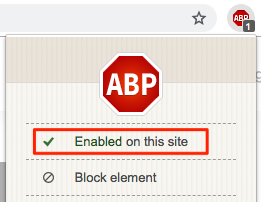Laparoscopic Treatment of Anastomotic Complications after Laparoscopic Colorectal Resections
January 11, 2012
Graziano Pernazza (Rome – Italy)
Summary: The anastomotic fistula is one of the most important complications after rectal resection. This complication occurs in a variable percentage of cases from 2.8% to 12% and may cause additional morbidity and mortality in 7-14% of cases. Laparoscopic surgery, now considered an adequate alternative to the traditional open technique, is affected by similar rates of complications. The anastomotic fistula associated with peritonitis, usually requires an urgent laparotomic reoperation, but it may cause the patient to lose all the potential benefits of the first minimally invasive procedure.A laparoscopic reoperation may be beneficial when considering the incidence of the abdominal wall complications and the postoperative course, but it may be challenging and requires advanced technical and methodological skills. The video shows two cases of anastomotic fistula underwent reoperation laparoscopically. The first case is about a patient affected by a low rectal cancer treated by neoadjiuvant chemioradiation who underwent an anterior rectal resection with TME. This patient developed a partial dehiscence with diffuse peritonitis despite the presence of a protective ileostomy. The reoperation was performed laparoscopically by exploring and completely washing the abdominal cavity, identifying the site of dehiscence and draining the area preserving the anastomosis. In this case any additional incision was avoided and the postoperative course was completed regularly, allowing the patient to get an early adjuvant chemotherapy. The second case is about a patient affected by a distal sigmoid colon cancer who underwent a proximal anterior rectal resection. This patient developed a small dehiscence of the posterior aspect of the anastomosis with localized peritonitis. The reoperation was performed laparoscopically, making a blunt adesiolysis, identifying the site of dehiscence, retaining and draining the anastomosis and performing a diverting loop ileostomy. The laparoscopic technique, allowing an adequate exploration of the abdominal cavity, is feasible and safe in reoperations for anastomotic complications after laparoscopic surgery. The advantage for the patient can be significant in terms of reduction of wall complications, preservation of the benefits of earlier minimally invasive surgery and a potentially better postoperative course.







